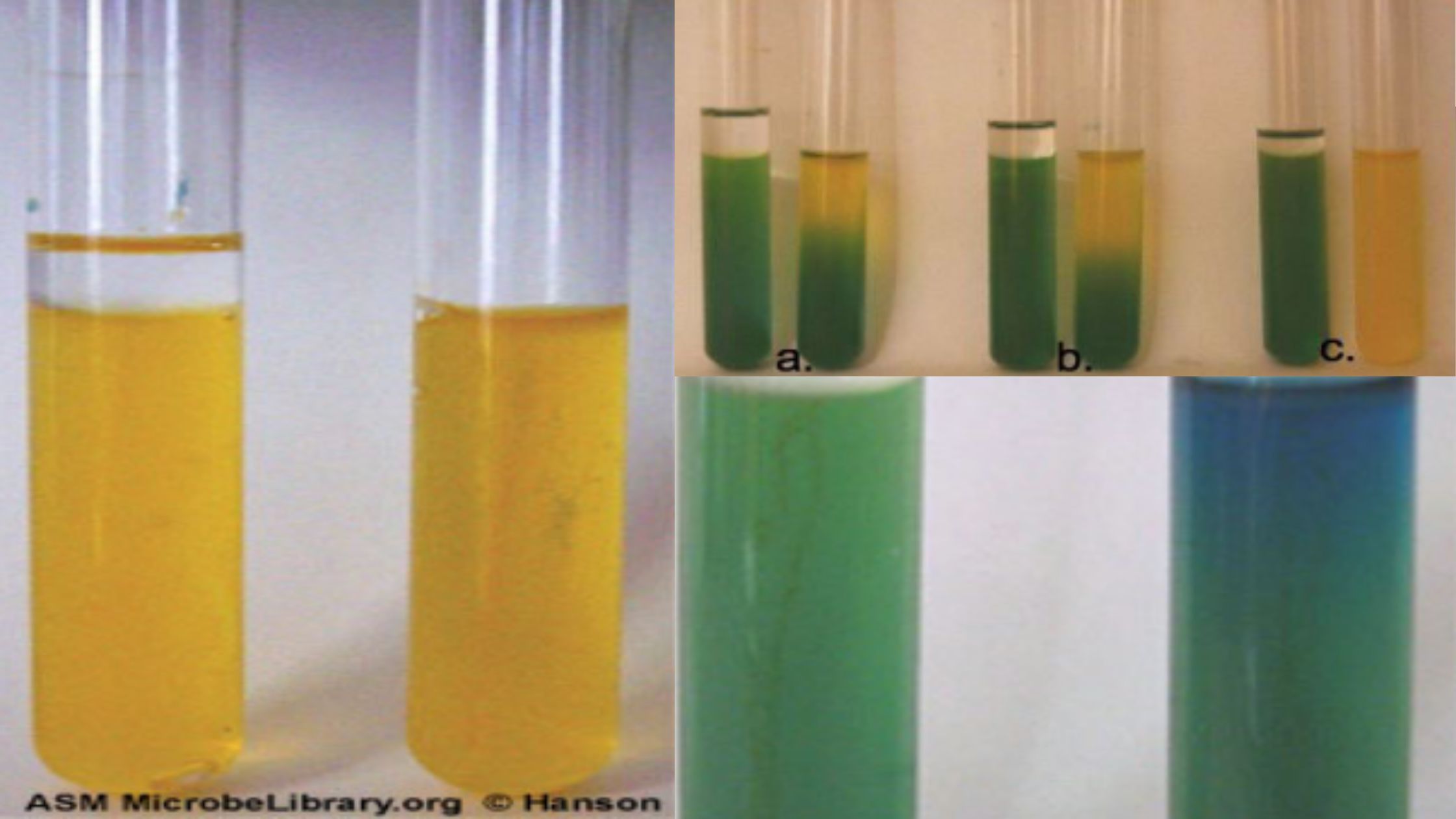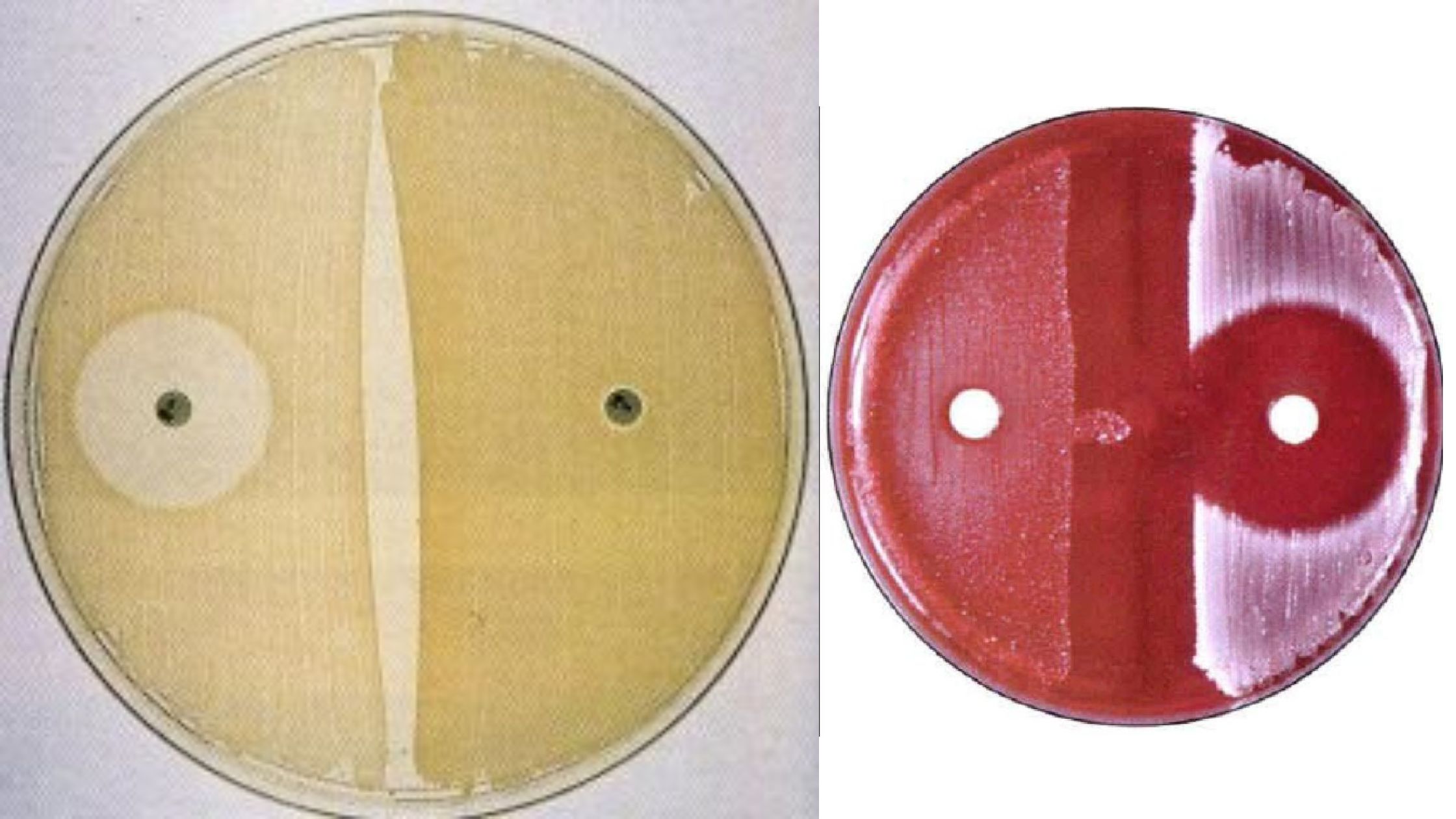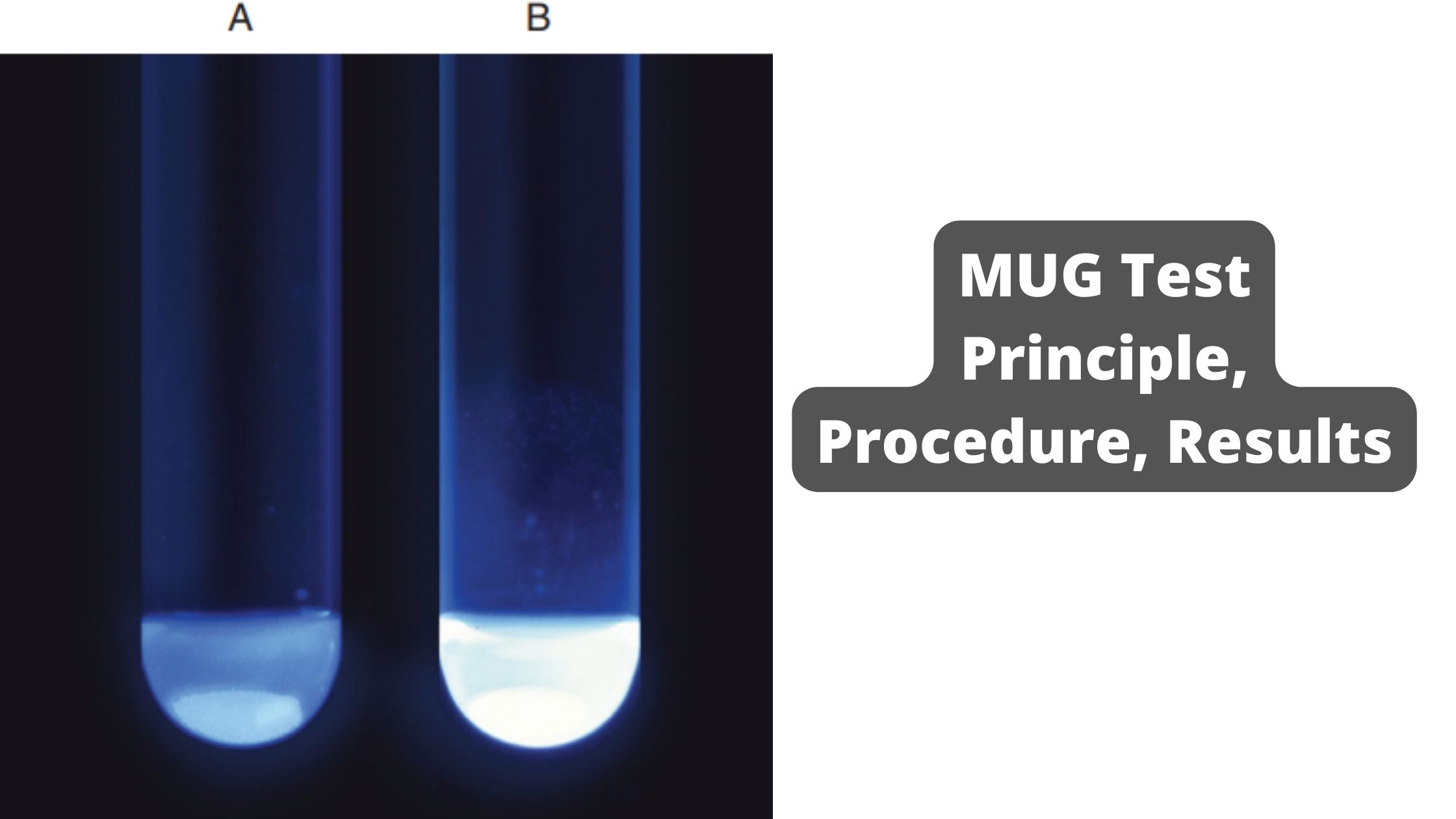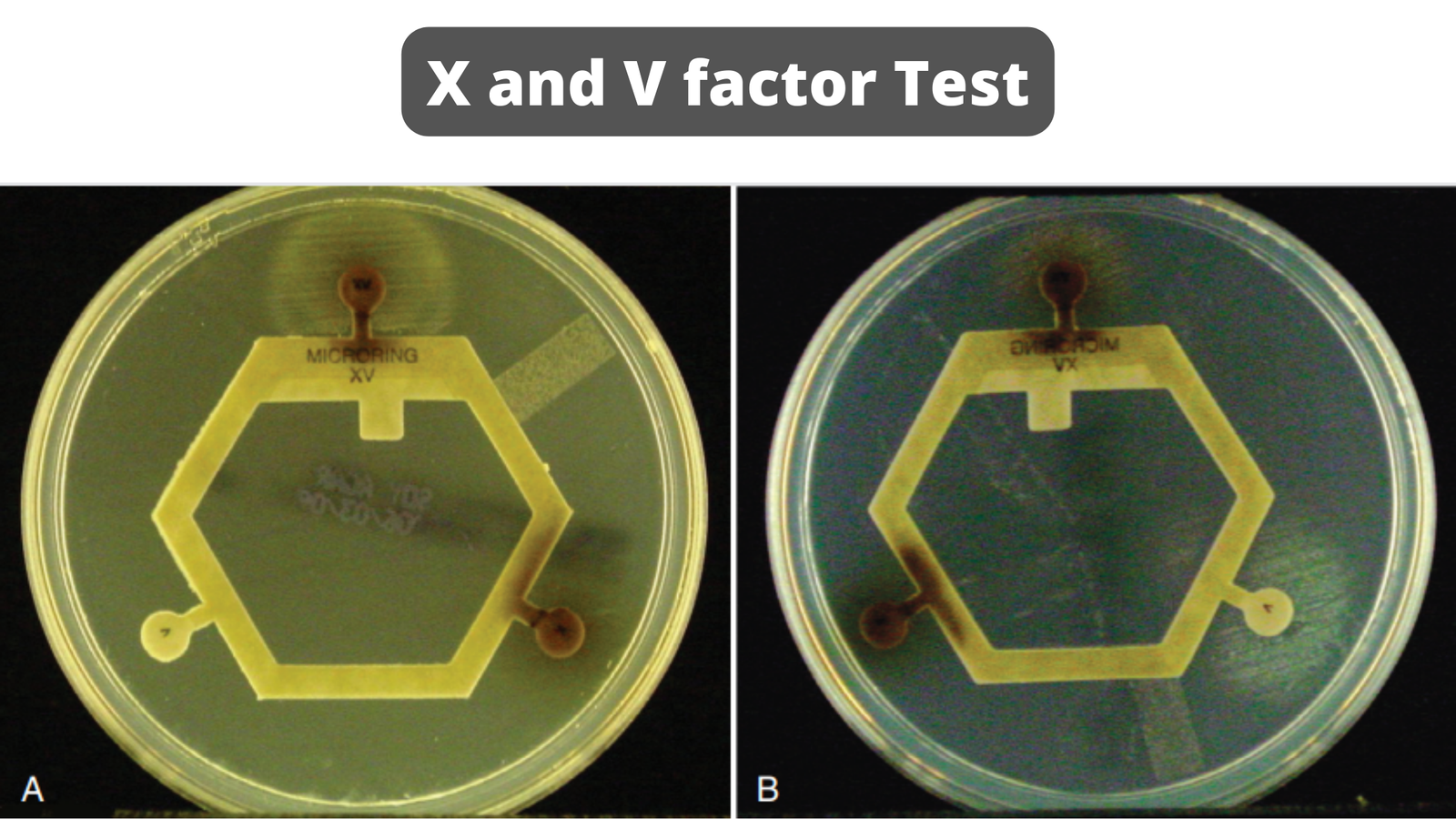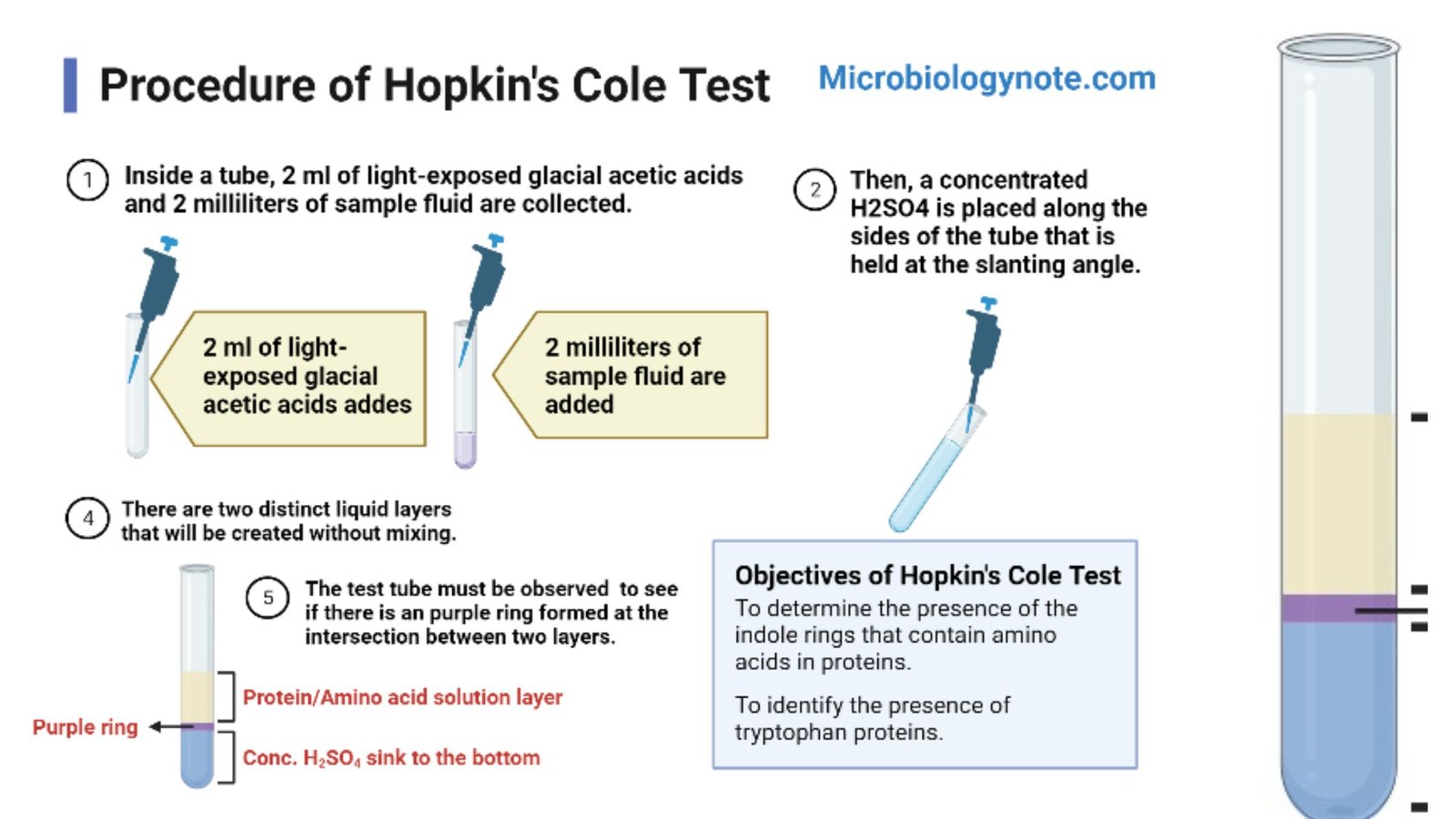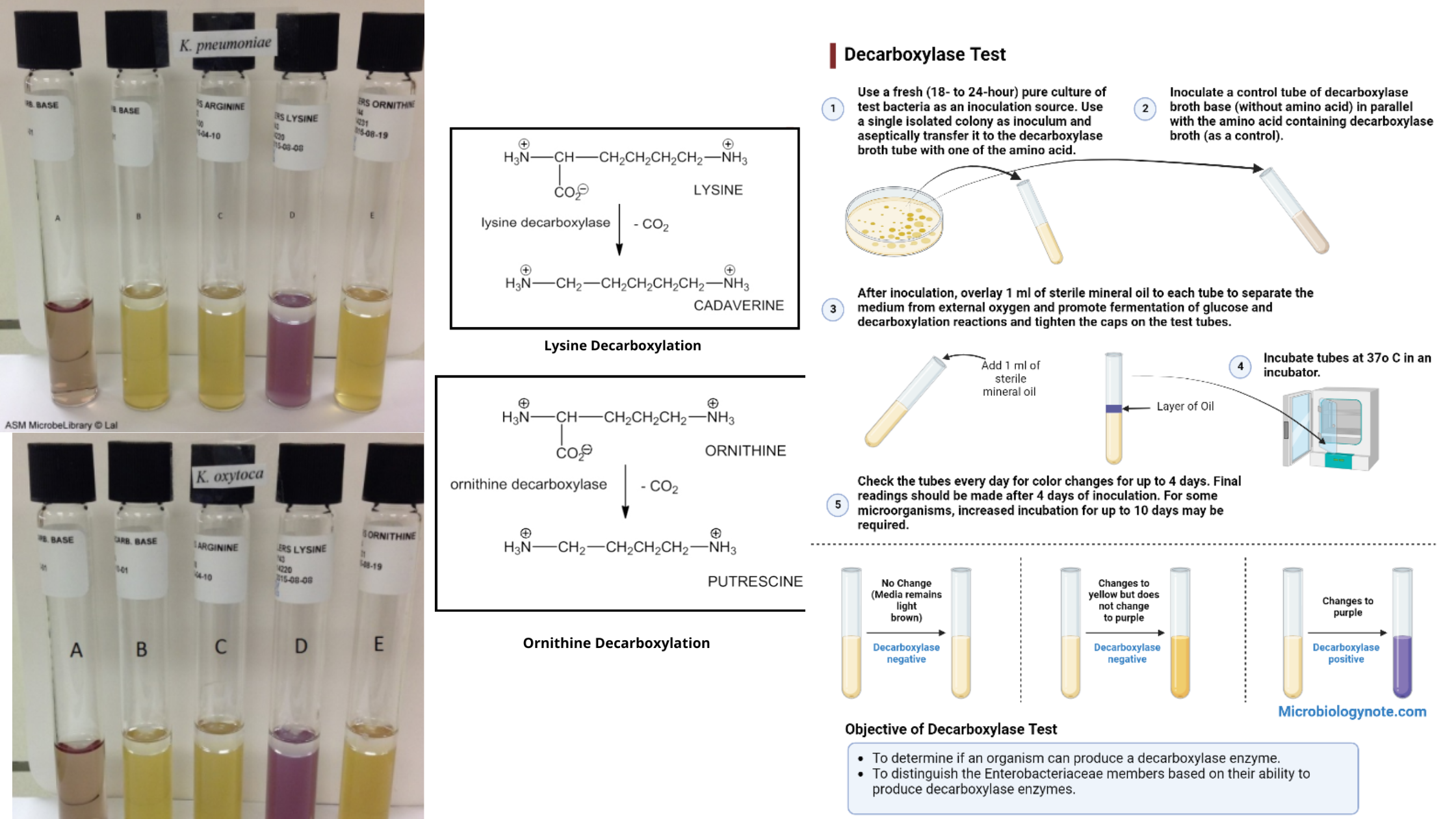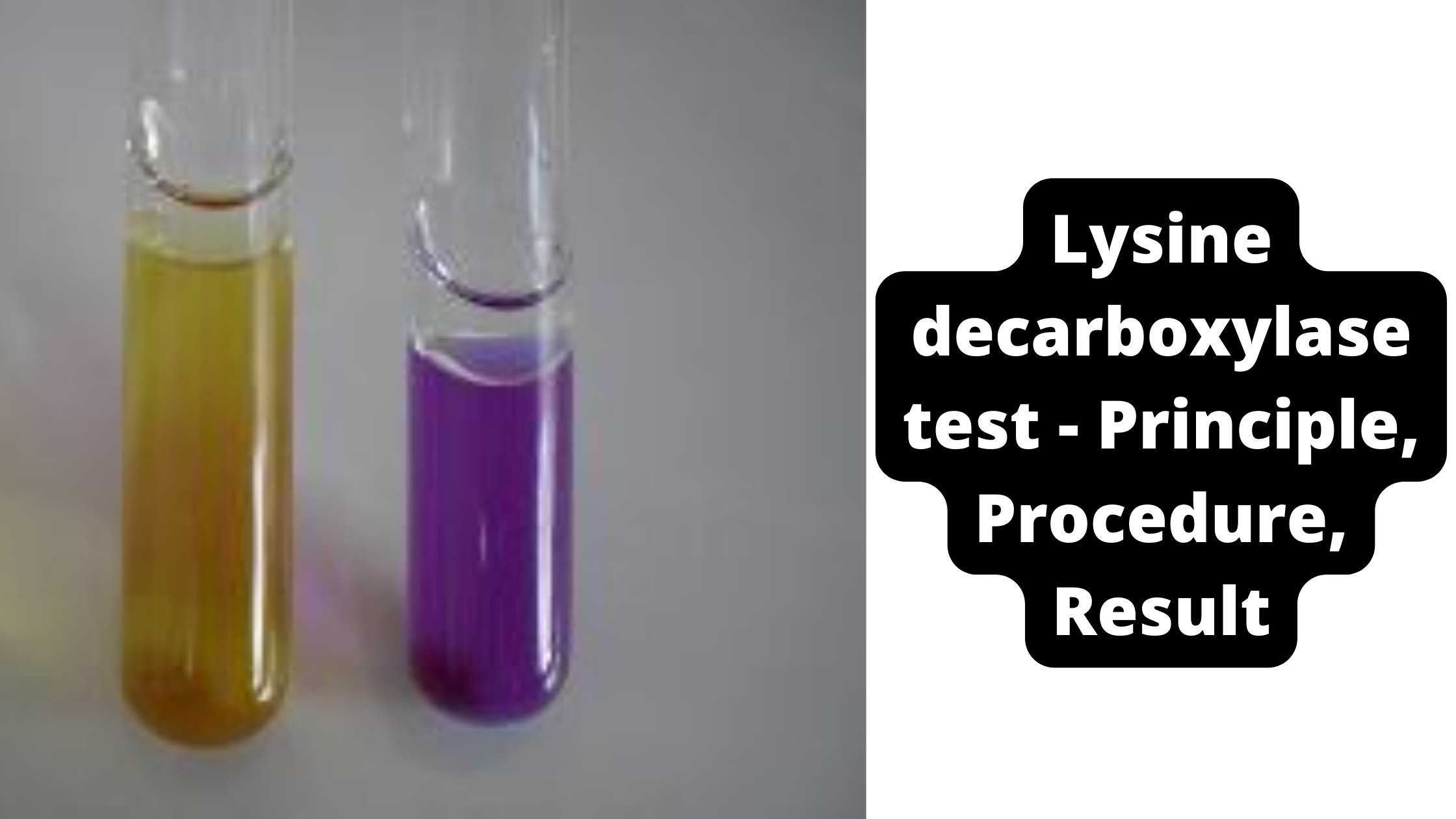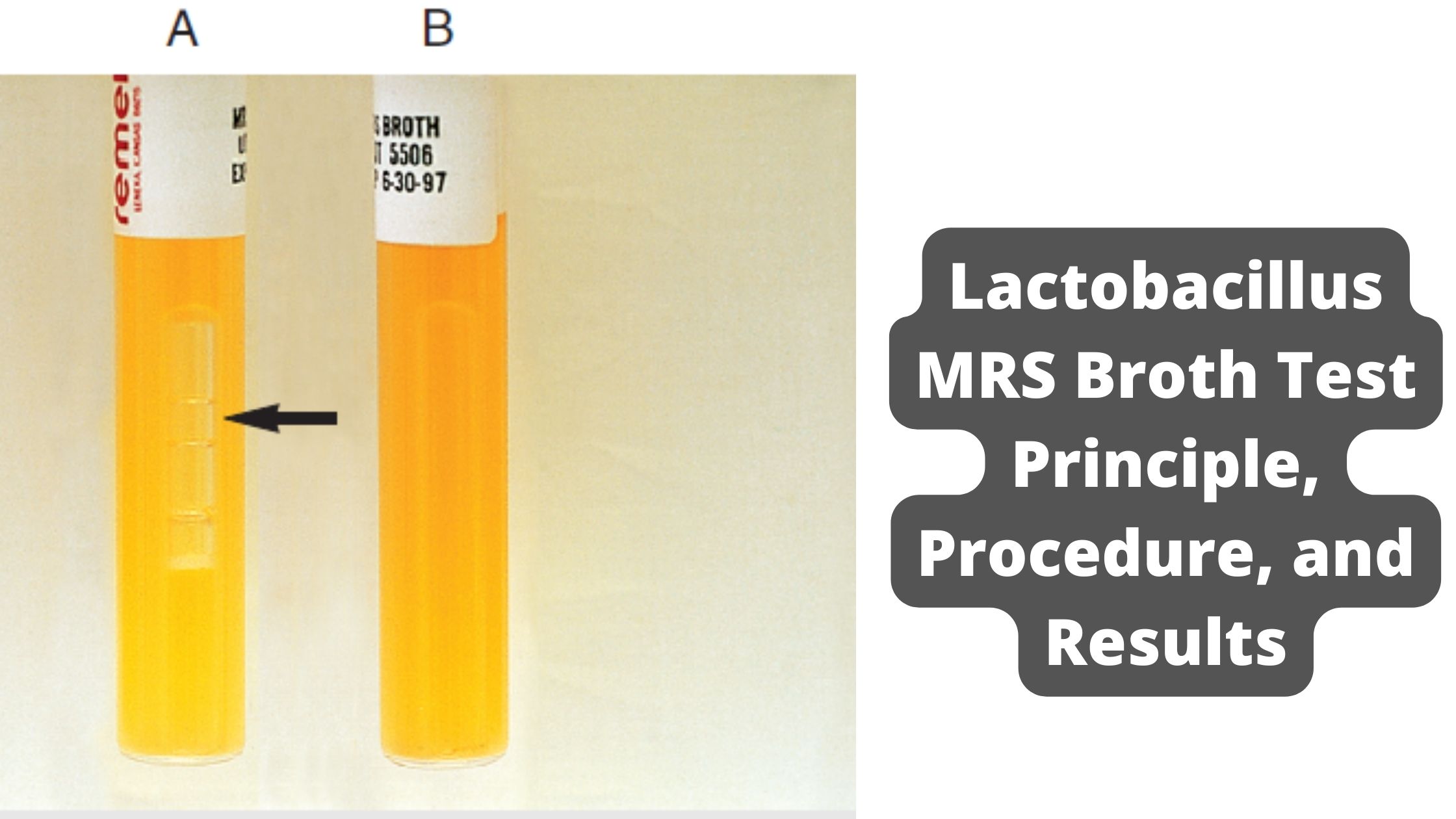OF (Oxidation-Fermentation) Test Principle, Purpose, Procedure
Purpose of OF Test Principle of OF Test Hugh and Leifson’s OF basal medium Composition of Hugh and Leifson’s OF basal medium Ingredients g/l Peptone (tryptone) 2.0 g Sodium chloride 5.0 g Glucose (or other carbohydrate) 10.0 g Bromthymol blue 0.03 g Agar 3.0 g Dipotassium phosphate 0.30 g Preparation Procedure of OF (Oxidation-Fermentation) Test … Read more
